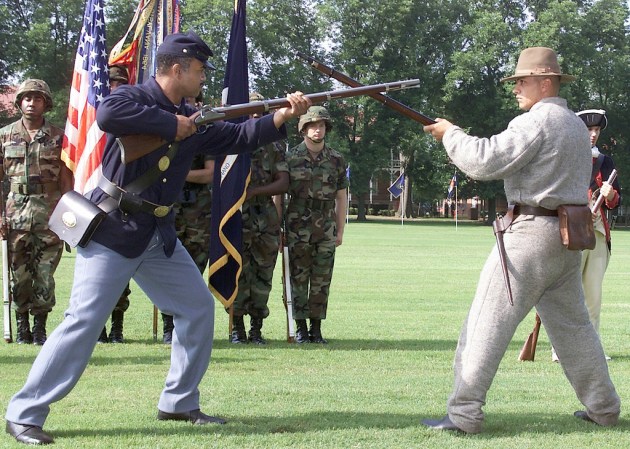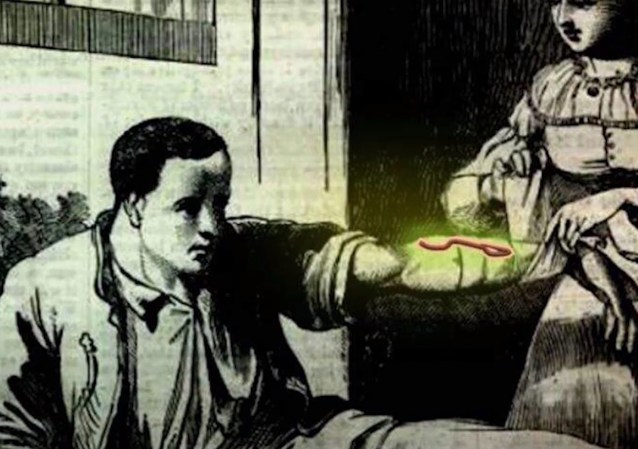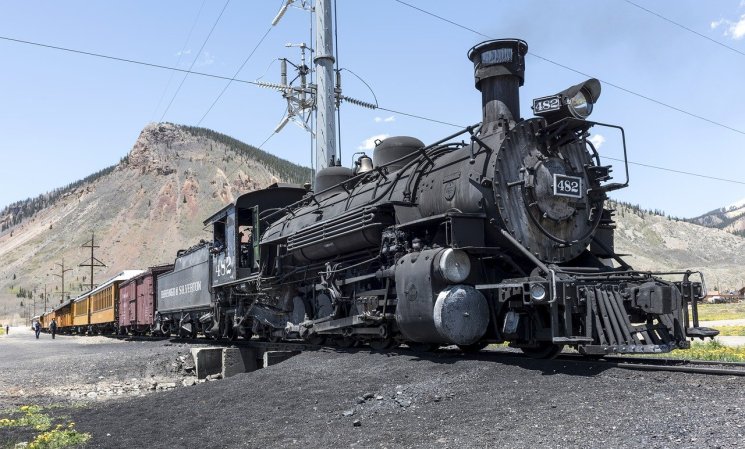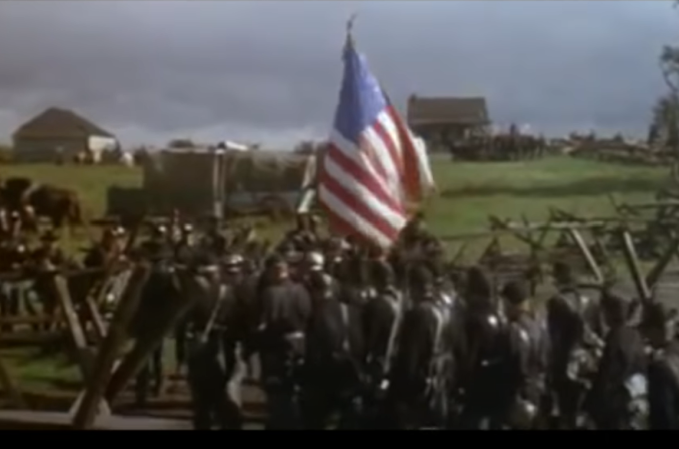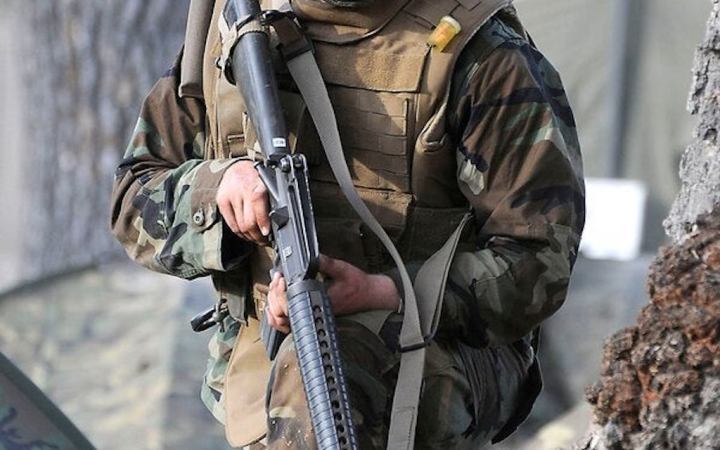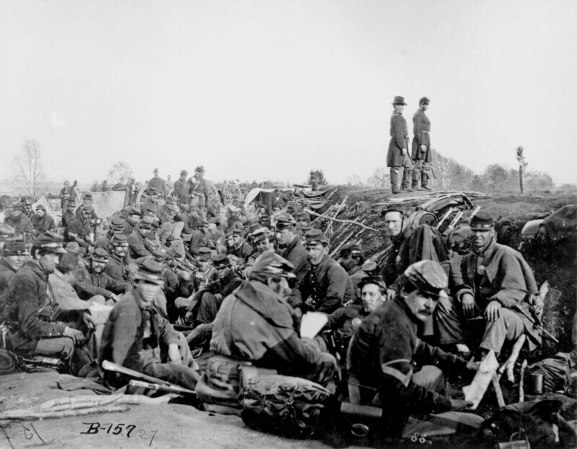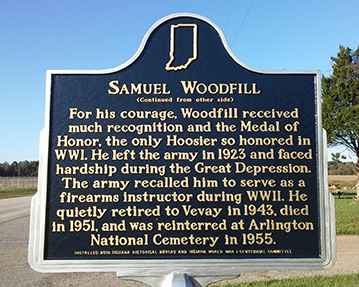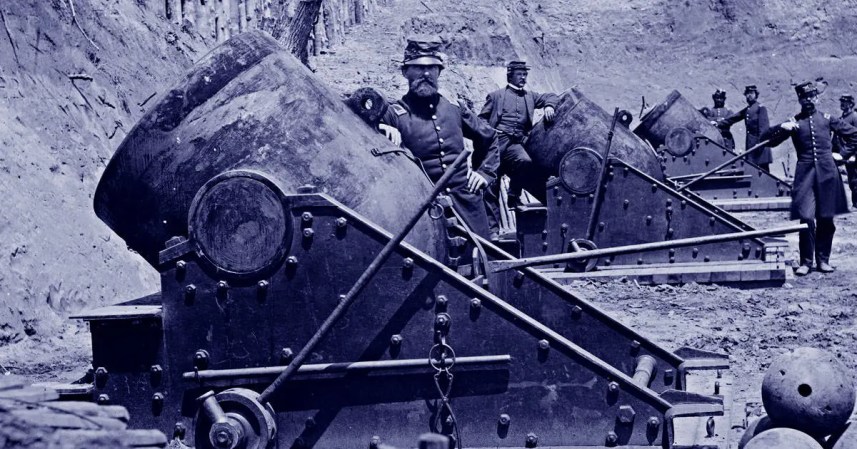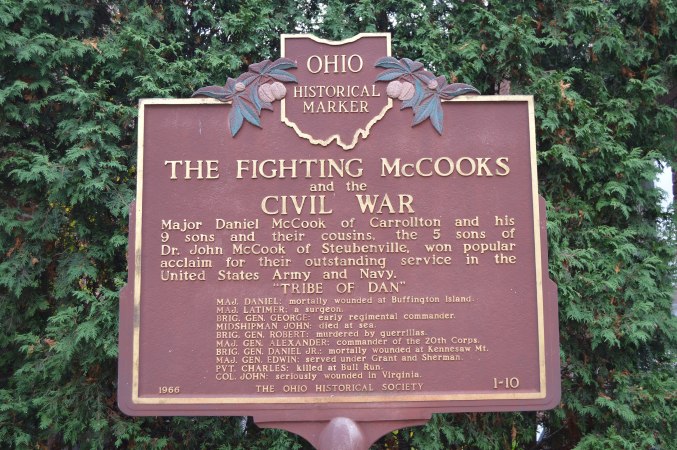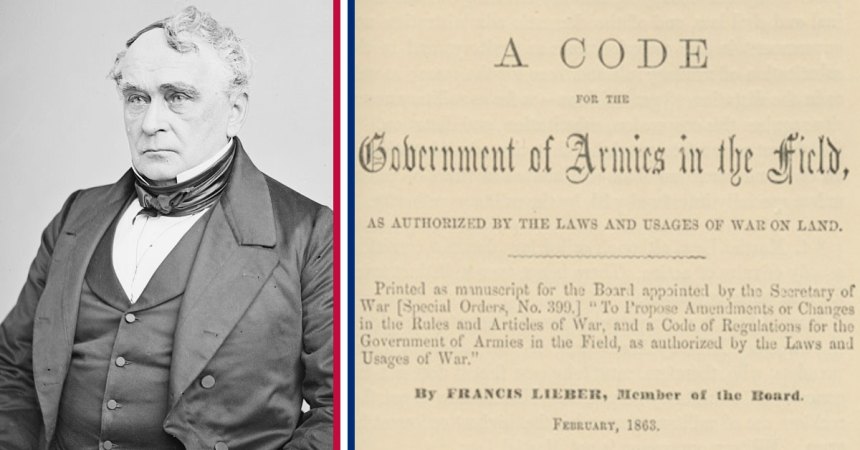John W. “Jack” Hinson was a man who found himself firmly on both sides at the outset of the Civil War. He claimed neutrality and achieved it by giving intelligence reports to both sides, including one report to then-Maj. Gen. Ulysses S. Grant.

Hinson was a farmer on the Tennessee-Kentucky border who seemed to be trying to just get through the war intact. He owned slaves but had opposed secession. One son joined the Confederate Army and another joined a militia, but the family hosted Grant after his victory at Fort Donelson.
But Hinson lived in a region that was fiercely contested by the North and South, and the Hinsons were caught in the crosshairs.
Two of Jack Hinson’s sons, George and Jack, went into the woods with rifles in late-1862. The boys claimed they were hunting deer, but Union soldiers suspected them of guerilla attacks that were claiming the lives of many Union soldiers.
An Army lieutenant ordered the boys tied to a tree and shot. After the execution, the officer cut off their heads and ordered them placed on gate posts at the Hinson plantation.
Jack Hinson did not respond well to this. He buried the bodies and then cleared the plantation, sending away his family and slaves.
He ordered a custom sniper rifle. Like the Whitworth Rifle that achieved the longest sniper shot in the Civil War, Hinson’s rifle fired hexagonal rounds through a rifled barrel. Unlike the Whitworth, the rifle weighed 17 pounds and fired .50-caliber rounds accurately to 880 yards.
At the age of 57, Hinson became a guerilla fighter against the Union. Army estimates at the time put the number of men he killed at 130, but modern historians have adjusted the number down to just over 100. Hinson only tracked the officers he killed, marking 36 circles on his barrel.
He reportedly began his campaign by killing the lieutenant who ordered the boys killed, decapitated them, and then ordered their heads onto the gate posts. His second kill was the sergeant who placed the heads on the posts.
After that he began searching out targets of opportunity, focusing his attacks on the vital river trade up and down the Tennessee River.
In one instance, a gunboat attacked by Hinson even surrendered under the belief that they were under fire by a large rebel force. Hinson couldn’t accept the surrender because, again, he was on his own in the woods of Tennessee with a single rifle.
Hinson is also believed to have killed a group of pro-Southern renegades who attacked a neighbor, so he carried some of his “neutrality” into his single-man campaign against the North.
By the time the war closed, Hinson had been hunted by four Union regiments but survived. He gifted his rifle to Confederate Lt. Gen. Nathan Forrest and returned to private life.
Most of what is known about John “Jack” Hinson was researched by Marine Corps Lt. Col. Tom C. McKenney. His books on Hinson include “Battlefield Sniper: Over 100 Civil War Kills” and “Jack Hinson’s One-Man War, A Civil War Sniper.”





